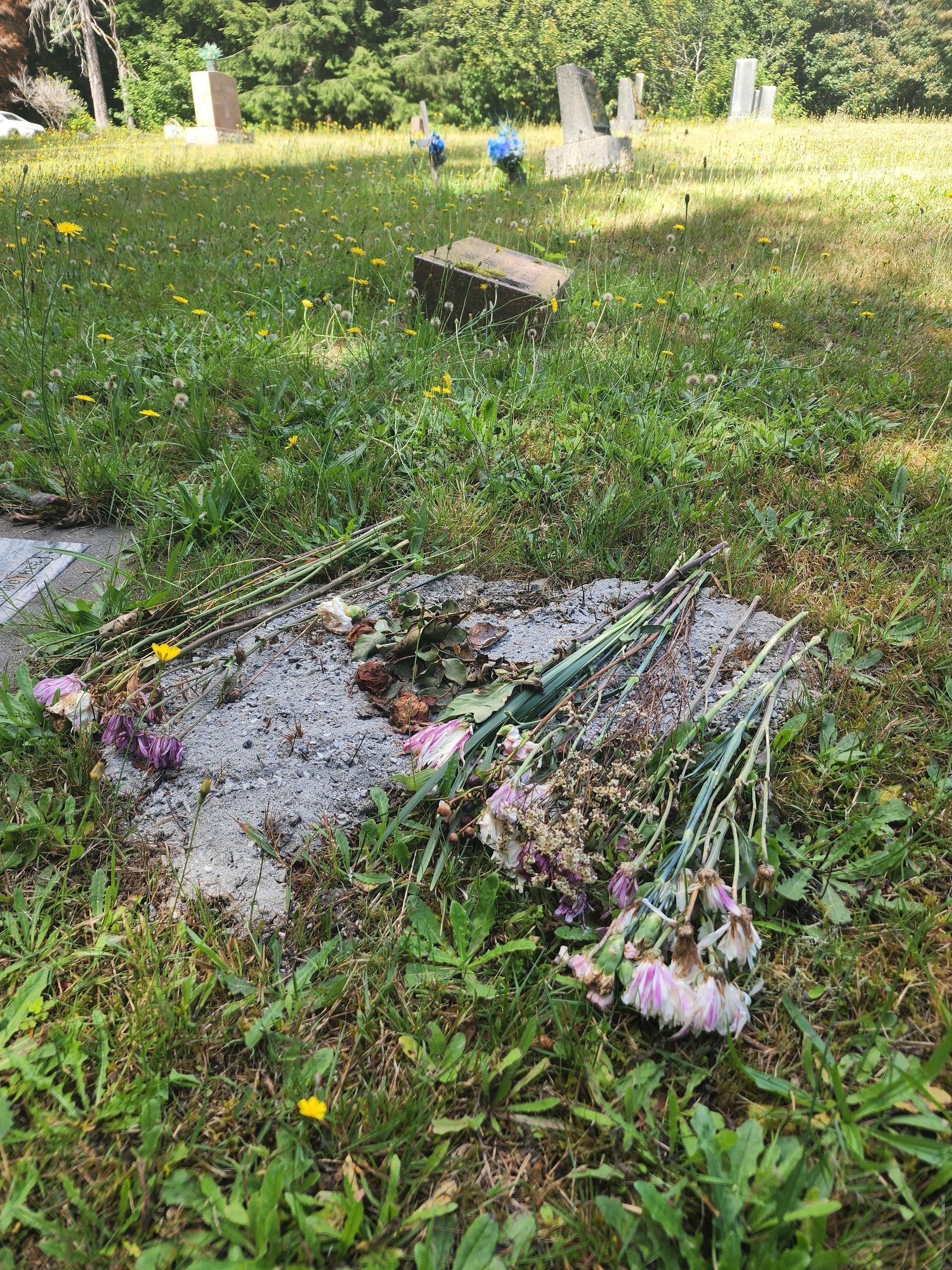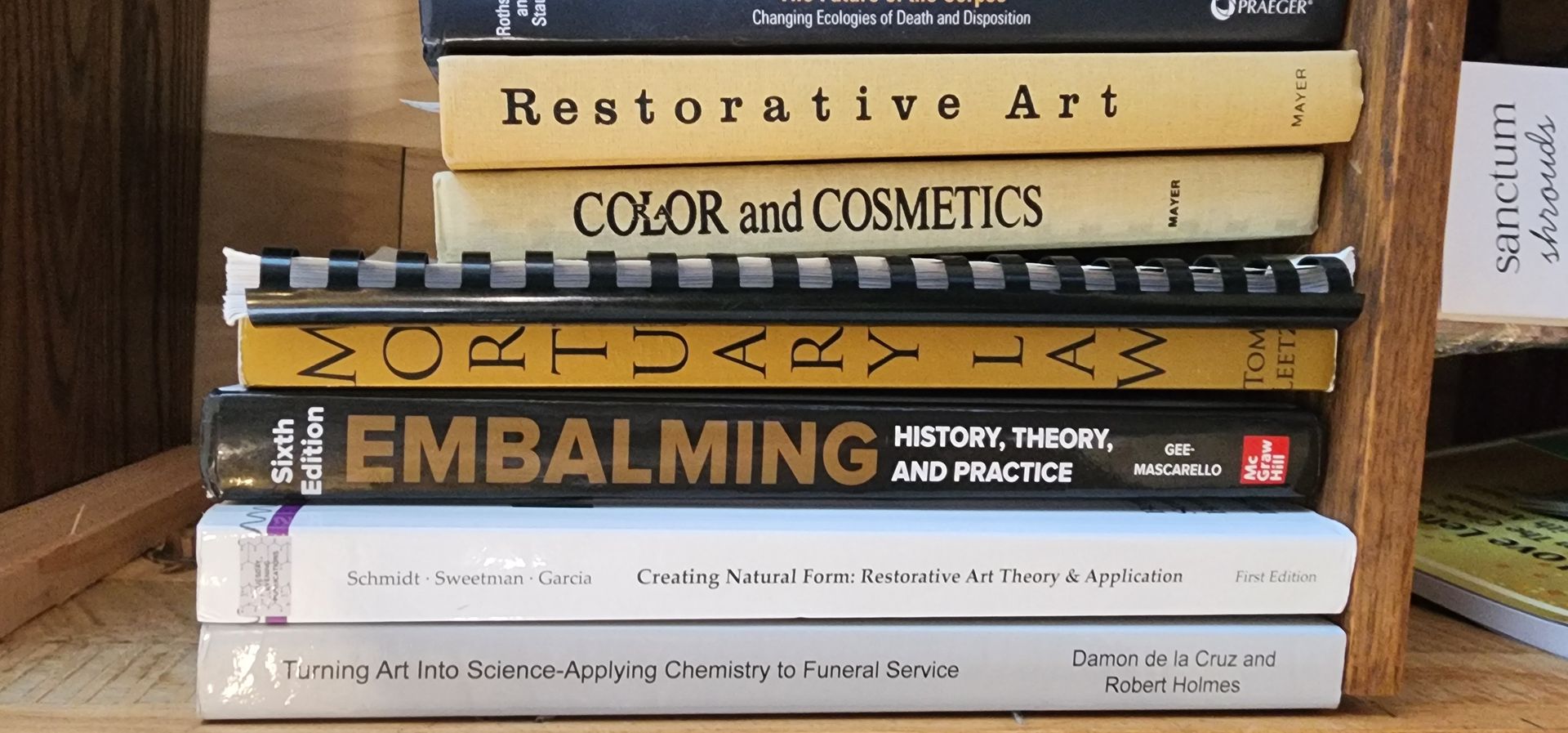The Truth About Scattering Cremated Remains:
Why Ashes Don’t Return to the Earth Naturally
It’s a common image—someone gently scattering ashes in a forest, over water, or across a grave, believing the remains of a loved one will softly merge back into nature. It feels sacred. Peaceful. Healing.
But the truth is: cremated remains don’t behave the way we think they do.
What Are Cremated Remains, Really?
Despite the term “ashes,” what we receive after a cremation is not soft ash at all. Cremated remains are actually pulverized bone fragments, processed down to a fine, sand-like material. Chemically, they are nothing like the fertile ashes left after a campfire.
Cremains are extremely alkaline, with a pH often above 11. They contain high levels of salts and calcium phosphate—and when they come into contact with moisture, they can form a hard, cement-like crust on the soil. This hardened layer creates a barrier, preventing water absorption, suffocating soil biology, and killing plant life underneath.
What was intended as a healing gesture becomes, unintentionally, harmful to the very earth we hoped to return to.
Real Consequences: What Happens When You Dump Ashes on a Grave
The image included in this post shows the result of cremains poured directly over an existing grave. People often think they're “blessing the site” or “returning” a loved one to rest—but without preparation, what’s left is a scorched, impenetrable surface that disrupts soil health, damages plant roots, and changes the landscape.
Even worse, in cemeteries, this can violate regulations or disturb nearby graves. And in parks or natural areas, it may be against the law to scatter remains without permission.
Why This Matters for the Environment
Cremation is often chosen for its perceived simplicity or eco-friendliness—but what you do with the remains matters just as much as how the body was handled.
When cremains are dumped without any preparation:
Soil pH becomes unbalanced, leading to die-off in surrounding vegetation
Water runoff can carry concentrated salts into nearby water systems
Wildlife may be exposed to foreign material their environment can't process
A sacred site may be unintentionally desecrated or chemically damaged
So, What Can You Do Instead?
If you’ve chosen cremation—either for yourself or a loved one—there are better, more sustainable ways to return those remains to the earth:
✅ Mix with Soil Conditioners
Before scattering or burying cremains, blend them with compost, peat moss, or soil to buffer the pH and reduce the harsh mineral concentration. This creates a more hospitable environment for plant and microbial life.
✅ Choose a Biodegradable Urn
Urns made from paper, salt, cornstarch, or tree-based materials are designed to break down naturally and support the integration of remains into the soil.
✅ Plant with Purpose
If planting a tree or garden in memory, use specially designed eco urns or mix cremains with biochar and amendments that help nurture plant life, rather than harm it.
✅ Consult a Professional
Talk to a funeral consultant, green burial advocate, or soil scientist who understands both the chemistry of cremains and the ethics of land use. They can help you create a plan that honors your values and respects the earth.
Sacred Doesn’t Mean Simple—It Means Informed
Scattering or burying cremated remains is a deeply personal act. But if we want to be part of the life cycle—to “return to the earth” in a true and respectful way—we have to engage with the science as well as the symbolism.
Ashes don’t become soil on their own. But with the right guidance, they can help nourish a landscape, support biodiversity, and truly merge with nature in a meaningful way.
If you're not sure where to start, I’m here to help. As a funeral consultant and green burial advocate, I offer sustainable planning for cremated remains that considers science, legality, and legacy.
Let’s create a plan that honors life—yours, your loved one’s, and the earth’s.

New Paragraph












